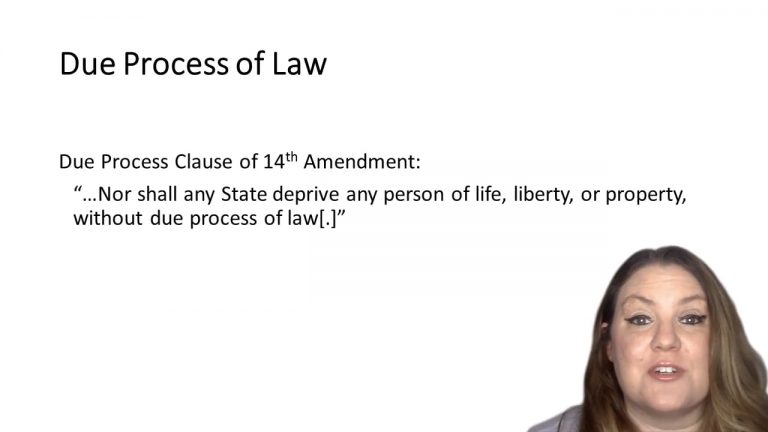SmartBrief
Confirm favorite deletion?
Criminal Procedure Keyed to Dressler
Arizona v. Youngblood
Citation:
488 U.S. 51, 109 S.Ct. 333, 102 L.Ed.2d 281.Facts
On October 29, 1983, David, a 10-year-old boy, was abducted from a carnival and taken to an unidentified house. For 1.5 hours, the kidnapper molested and sodomized the boy repeatedly. The kidnapper then drove him back to the carnival. The boy was taken to the hospital where he was treated for rectal injuries. The doctor also used a “sexual assault kit” to collect evidence of the attack. The doctor collected samples from the boy’s rectum and mouth. The doctor also obtained samples of the boy’s saliva, blood, and hair. The police placed the kit in a secure refrigerator at the police station. They did not run any tests on it. The police also collected the boy’s underwear and T-shirt. This clothing was not refrigerated or frozen. The boy identified the defendant in a photographic lineup, and the defendant was located and arrested four weeks later on December 9, 1983.
In January 1985, the police criminologist examined the boy’s clothing for the first time. He found one semen stain on the boy’s underwear and another on the rear of his T-shirt. The criminologist tried to obtain blood group substances from both stains, but was unsuccessful.
The defendant’s principal defense at trial was that the boy had erred in identifying him as the perpetrator of the crime. Experts testified as to what might have been shown by tests had they been performed on the samples shortly after they were gathered, or by later tests performed on the samples from the boy’s clothing had the clothing been properly refrigerated. The jury still found the defendant guilty.
The Arizona Court of Appeals reversed the judgment of conviction because the State had failed to preserve semen samples from the victim’s body and clothing. It stated that “‘such loss is material to the defense and is a denial of due process.” The State appealed.
Only StudyBuddy Pro offers the complete Case Brief Anatomy*
Access the most important case brief elements for optimal case understanding.
*Case Brief Anatomy includes: Brief Prologue, Complete Case Brief, Brief Epilogue
- The Brief Prologue provides necessary case brief introductory information and includes:
Topic:
Identifies the topic of law and where this case fits within your course outline.Parties:
Identifies the cast of characters involved in the case.Procedural Posture & History:
Shares the case history with how lower courts have ruled on the matter.Case Key Terms, Acts, Doctrines, etc.:
A case specific Legal Term Dictionary.Case Doctrines, Acts, Statutes, Amendments and Treatises:
Identifies and Defines Legal Authority used in this case.
- The Case Brief is the complete case summarized and authored in the traditional Law School I.R.A.C. format. The Pro case brief includes:
Brief Facts:
A Synopsis of the Facts of the case.Rule of Law:
Identifies the Legal Principle the Court used in deciding the case.Facts:
What are the factual circumstances that gave rise to the civil or criminal case? What is the relationship of the Parties that are involved in the case.Issue(s):
Lists the Questions of Law that are raised by the Facts of the case.Holding:
Shares the Court's answer to the legal questions raised in the issue.Concurring / Dissenting Opinions:
Includes valuable concurring or dissenting opinions and their key points.Reasoning and Analysis:
Identifies the chain of argument(s) which led the judges to rule as they did.
- The Brief Prologue closes the case brief with important forward-looking discussion and includes:
Policy:
Identifies the Policy if any that has been established by the case.Court Direction:
Shares where the Court went from here for this case.
Topic Resources
Topic Outline
Topic Refresher Course
Topic Charts & Notes

 2m 6s
2m 6s